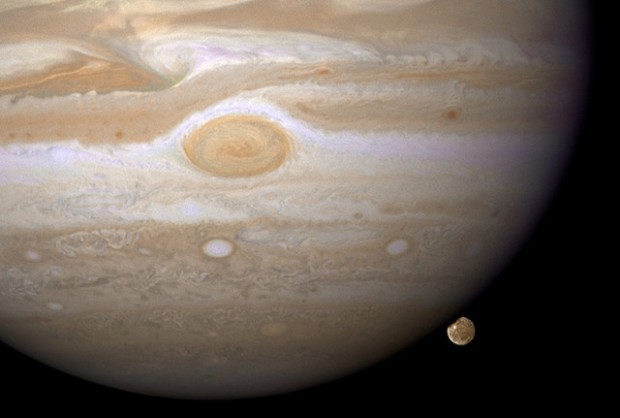Ganymede, which is one of the moons of Jupiter as well as the biggest moon in our solar system, has been mapped.
The first global geologic map for the moon has been released by a team at Wheaton College. The project was headed up by Geoffrey Collin, and the map can be seen at the United States Geological website, where it has been published.
“This map illustrates the incredible variety of geological features on Ganymede and helps to make order from the apparent chaos of its complex surface,” said Robert Pappalardo, who is a member of Nasa’s Jet Propulsion Laboratory, which is located in California.
“This map is helping planetary scientists to decipher the evolution of this icy world and will aid in upcoming spacecraft observations,” he added.
The map could be of aid to the Juno spacecraft, which is already on its way to Jupiter, scheduled to arrive in 2016, and also the European Space Agency’s Jupiter Icy Moon Explorer, which will get there in 2032.
“The highly detailed, colourful map confirmed a number of outstanding scientific hypotheses regarding Ganymede’s geologic history, and also disproved others,” said Baerbel Lucchitta, who is a scientist at the US Geological Survey.
He continued on, saying that “for example, the more detailed Galileo images showed that cryovolcanism, or the creation of volcanoes that erupt water and ice, is very rare on Ganymede.”
The moon, which was first discovered by Galileo Galilei in 1610, has a very small amount of oxygen, unfortunately not enough to support life though. It will be interesting to see what further discoveries are made concerning the moon.
[via Wired, image via thebadastronomer’s flickr]

 Email article
Email article




